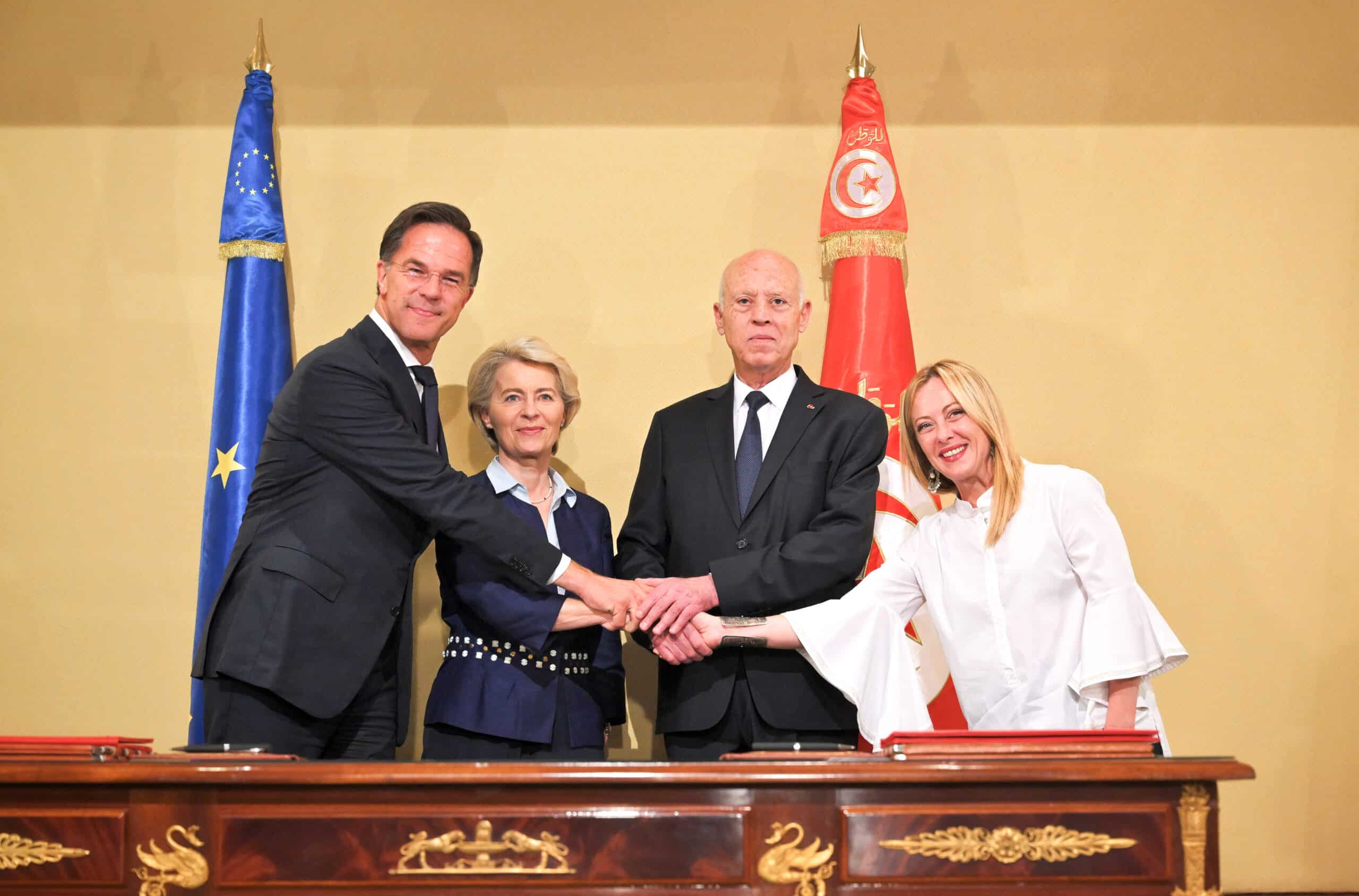A project started in 2012 at Stanford University where 62 universities of the world participate
Free classes in many disciplines, often no registration required
 Many European universities, among which La Sapienza, adhered to Coursera, the network created in April 2012 by the initiative of two professors at the University of Stanford, Daphne Koller and Andrew Ng, with the objective of creating a web environment where anyone could participate in free online courses in different subjects and in various languages.
Many European universities, among which La Sapienza, adhered to Coursera, the network created in April 2012 by the initiative of two professors at the University of Stanford, Daphne Koller and Andrew Ng, with the objective of creating a web environment where anyone could participate in free online courses in different subjects and in various languages.
The consortium of professors consists of a platform for the ” Massive online open course” (Mooc), an incredibly innovative medium for distance learning on a large scale. With a futuristic system to diffuse knowledge – where you do not pay to access courses and in some cases it is not even necessary to register.
62 universities of the world participate in Coursera, among those Princeton, PA, MI, Stanford, Hong Kong, and Tokyo. The European professors are well-represented by a hefty group of universities, Among which l’Ecole Polytechnique of Paris, the Technische Universitat Munchen, the Dutch Leiden University, the Technical University of Denmark and the University of Copenhagen, l’Universitat Autonoma of Barcelona and the IE Business School, also Spanish. The Coursea students, other than following online courses, can practice and participate in a forum to interact with teachers and other students coming from all parts of the globe.
The network has had extraordinary success, accumulating in less than one year, almost 3 million registered students in the world. Many Coursera users come from the so-called Brics – Brazil, Russia, India, and China – the current countries where the request for innovative and entrepreneurship is high; but there are also many registered who come from Europe and the USA. There are many topics covered by the European universities about Coursera: from an introductory course on algorithms to “Game Theory,” from neuroscience to psychology to sports and society. Languages used for lessons are English, French, Spanish, Italian and Chinese.
La Sapienza, the only Italian university to participate in the project, has made 3 courses available for this first phase: 2 in English on humanistic material and 1 on physics in Italian. “Early Renaissance Architecture in Italy: from Alberti to Bramante,” is the course led by Professor Francesco Paolo Fiore; “Recovering the Humankind Past and Saving the Universal Heritage,” on the other hand is the course led by Professor Paolo Matthiae (the archeologist who discovered the city of Ebla in Syria to be clear); and finally, “Vision of the World of Relativity and Quantum Mechanics,” is the physics course in Italian held by Professor Carlo Cosmelli. Lessons will begin next fall.
“The online courses represent something more and different from traditional classes – explains Professor Cosmelli- something that would hardly replace classroom courses.” Nonetheless, the usefulness is indisputable. “I think of 2 types of lessons: the Professor continues- everyday basic or preparatory courses which provide necessary knowledge to access standard classes, like pre-calculus, offered by Coursera; this is similar to a high school review. Or there are courses that provide a general idea of a certain thematic area, to create a cultural base and to inform what is studied in a certain environment.” Could the Coursera courses or similar initiatives become, in perspective, a valid aid for Europe and the USA for the social and cultural development of emerging countries? “The exchange is certainly useful,” confirms the Sapienza Professor, “however future improvement will depend on how much each individual country wants to invest in culture, university and research.”
Laura Gobbo


![Una donna controlla le informazioni sul cibo specificate sulla confezione [foto: archivio]](https://www.eunews.it/wp-content/uploads/2014/12/Etichette-alimentari.jpg)


![Ragazza in biblioteca. Nell'Ue chi studia non lavora e neppure cerca. In Italia funziona ancor più così [foto: Tulane University, Wikimedia Commons]](https://www.eunews.it/wp-content/uploads/2024/11/Girl_in_the_Library_3638661587-350x250.jpg)



